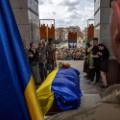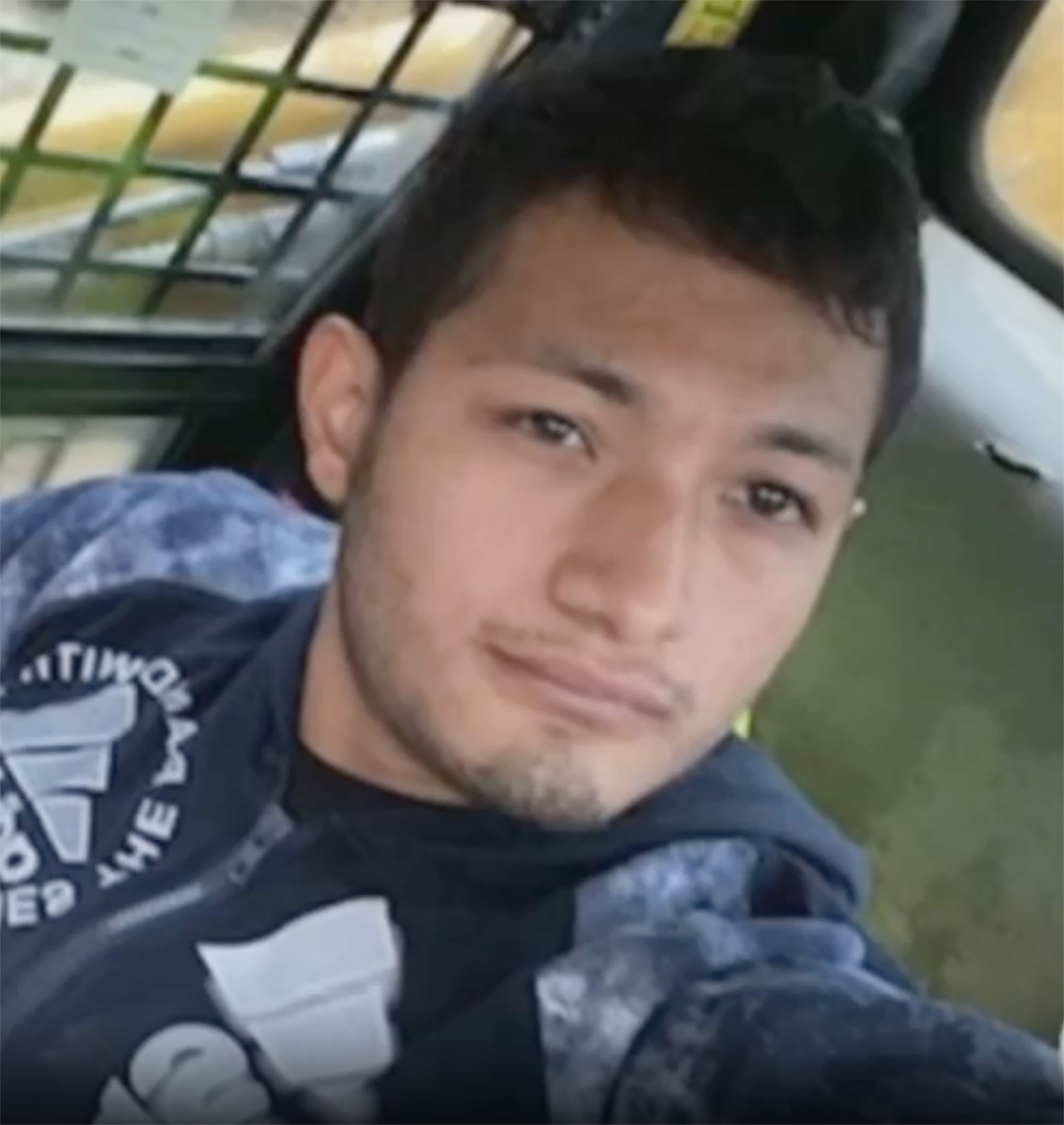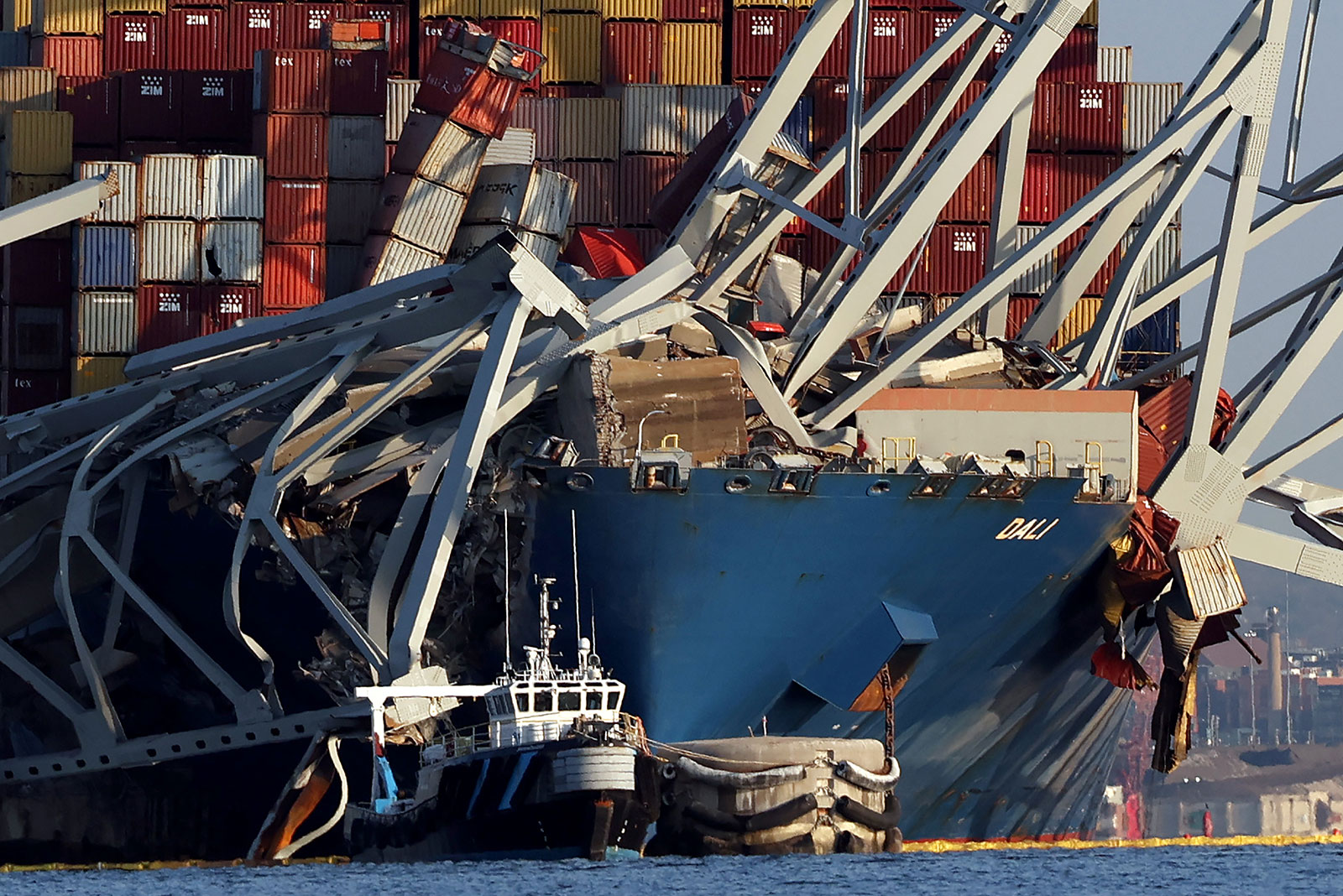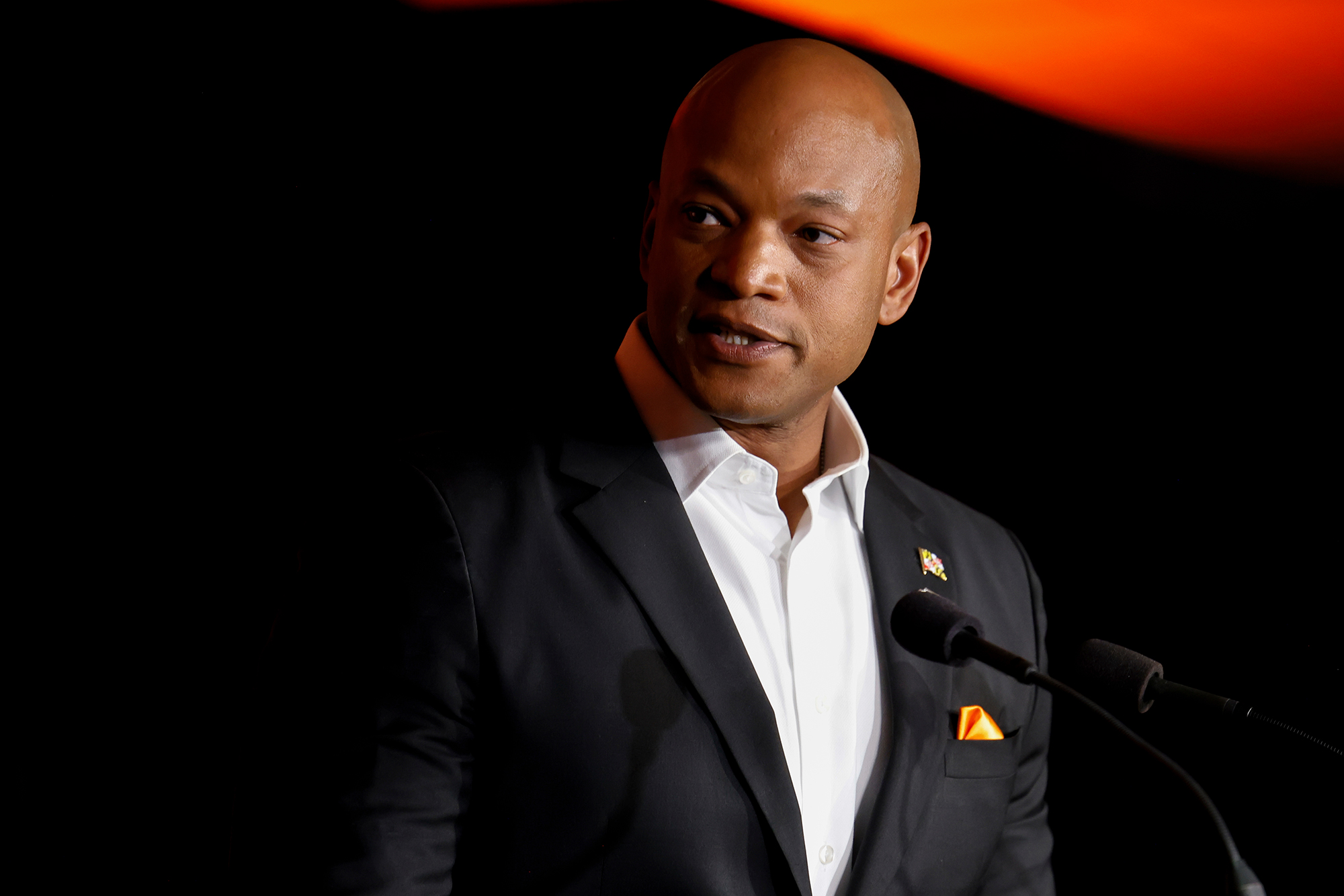The Chesapeake 1000, the largest crane on the East Coast that is currently docked near the Francis Scott Key Bridge, can lift about 1,000 tons — but the challenge is that the part of the bridge sitting on the top of the vessel is between 3,000 to 4,000 tons, Maryland Gov. Wes Moore said Friday.
"So our team needs to cut that truss into sections in a safe, in a responsible, and in an efficient way, before it can lift those pieces out of the water," he said.
To help with this massive task, the Navy will supply Maryland with four heavy-lift cranes, Moore added. "Two have already arrived, one arrives tonight, and the fourth is arriving on Monday.”
“In the coming weeks We expect to have the following entities inside of the water: seven floating cranes, 10 tugs, nine barges, eight salvage vessels and five Coast Guard boats,” he added.










